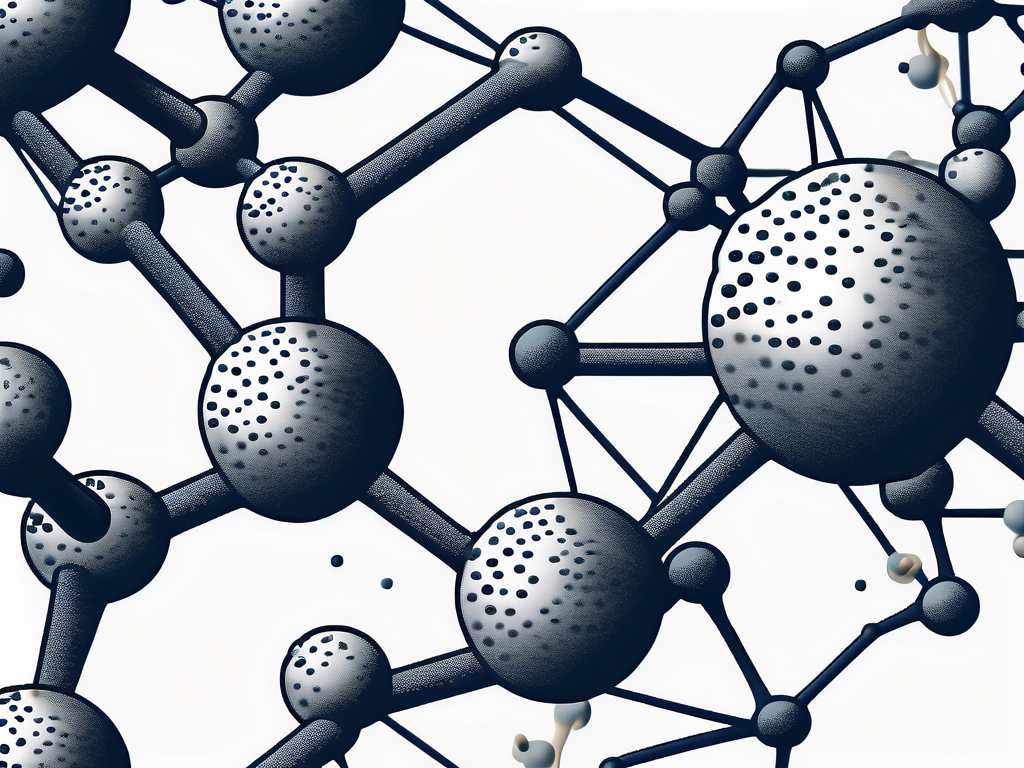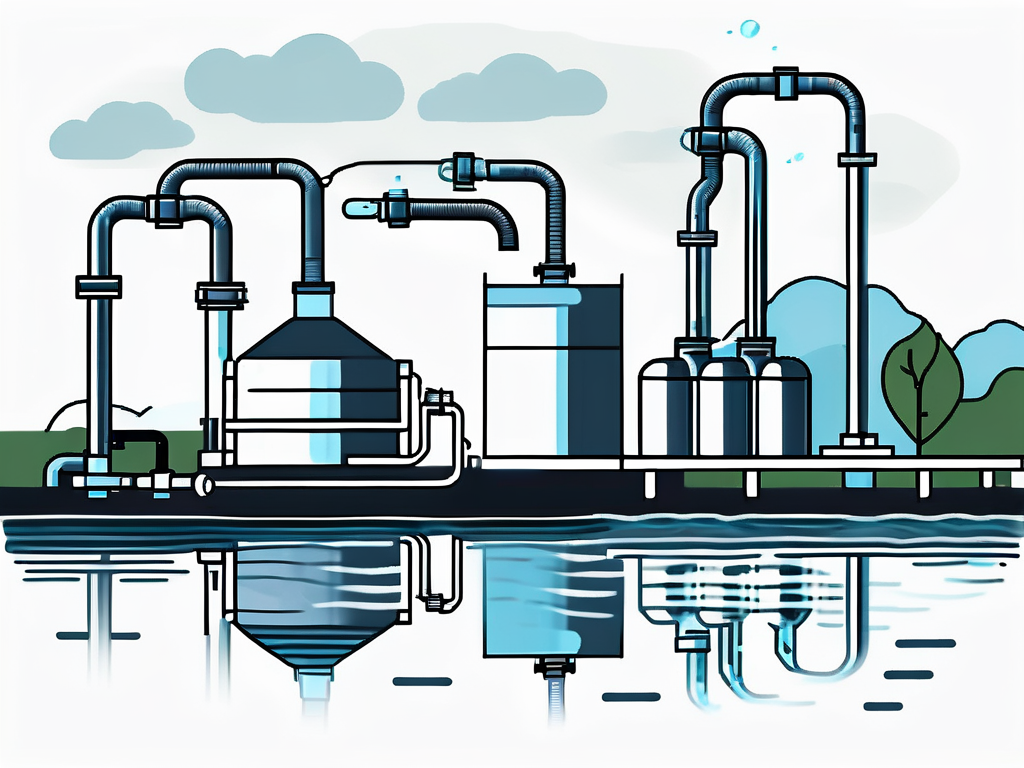
Activated Carbon: Wastewater Treatment Explained
Activated carbon, also known as activated charcoal, is a form of carbon that has been processed to have small, low-volume pores that increase the surface area available for adsorption or chemical reactions. It is a critical component in the wastewater treatment process, where it is used to remove organic compounds and pollutants, improving the quality of the water and making it safe for discharge or reuse.
Wastewater treatment is a complex process that involves several stages, each designed to remove or reduce different types of contaminants. Activated carbon plays a crucial role in this process, particularly in the secondary and tertiary stages of treatment. This article will delve into the details of how activated carbon is used in wastewater treatment, the science behind its effectiveness, and the different types of activated carbon that can be used.
Understanding Activated Carbon
Activated carbon is a unique material that is characterized by its high porosity and large surface area. These properties make it an excellent adsorbent, capable of trapping a wide range of organic compounds and pollutants. The process of activation involves treating carbon with oxygen, which opens up millions of tiny pores between the carbon atoms. This dramatically increases the surface area of the material, allowing it to capture more contaminants.

The effectiveness of activated carbon in adsorbing pollutants is largely due to its chemical structure. Carbon atoms are known for their ability to form strong bonds with other elements, and the activation process enhances this property. The result is a material that can effectively trap a wide range of pollutants, from volatile organic compounds (VOCs) to heavy metals.
Types of Activated Carbon
There are several types of activated carbon, each with its own unique properties and uses. The most common types used in wastewater treatment are granular activated carbon (GAC) and powdered activated carbon (PAC). GAC is typically used in fixed-bed reactors, where the wastewater is passed through a bed of granular carbon. PAC, on the other hand, is often used in batch processes, where it is mixed directly with the wastewater and then removed through sedimentation or filtration.
Other types of activated carbon include extruded activated carbon (EAC), which is formed into cylindrical pellets, and activated carbon fiber (ACF), which is made from carbonized fibers. These types of activated carbon are less commonly used in wastewater treatment, but they offer unique advantages in certain applications. For example, ACF has a very high surface area and can adsorb pollutants very quickly, making it ideal for emergency spill response.
The Role of Activated Carbon in Wastewater Treatment
Activated carbon plays a crucial role in the wastewater treatment process, particularly in the secondary and tertiary stages of treatment. In the secondary stage, activated carbon is used to remove organic compounds that were not removed during the primary treatment. This includes a wide range of pollutants, from simple organic compounds like fats and oils to complex compounds like pesticides and pharmaceuticals.
In the tertiary stage, activated carbon is used to further polish the wastewater, removing any remaining organic compounds and improving the quality of the water. This is often necessary to meet the strict discharge standards set by regulatory agencies. In some cases, activated carbon may also be used in the primary stage of treatment, particularly for industrial wastewaters that contain high levels of organic pollutants.
Adsorption Process
The primary mechanism by which activated carbon removes pollutants from wastewater is adsorption. This is a surface phenomenon where pollutants are attracted to the surface of the activated carbon and held there by physical and chemical forces. The large surface area and high porosity of activated carbon make it an excellent adsorbent, capable of removing a wide range of pollutants.
There are several factors that can affect the adsorption process, including the characteristics of the pollutants, the properties of the activated carbon, and the conditions of the wastewater. For example, pollutants with a high molecular weight and a high degree of polarity are generally more easily adsorbed. Similarly, activated carbon with a high surface area and a high degree of activation is typically more effective at adsorbing pollutants.
Regeneration of Activated Carbon
One of the challenges in using activated carbon in wastewater treatment is that it can become saturated with pollutants over time, reducing its effectiveness. To address this issue, the activated carbon can be regenerated, or cleaned, to restore its adsorption capacity. This is typically done through a process of thermal regeneration, where the activated carbon is heated to high temperatures to burn off the adsorbed pollutants.
Regeneration is a critical part of the wastewater treatment process, as it allows for the reuse of activated carbon and reduces the need for fresh supplies. However, it is a complex and energy-intensive process that requires careful management to ensure that it is done safely and effectively. In some cases, spent activated carbon may be disposed of instead of being regenerated, particularly if it is contaminated with hazardous pollutants.
Advantages and Limitations of Activated Carbon in Wastewater Treatment
Activated carbon offers several advantages in wastewater treatment. Its high adsorption capacity makes it effective at removing a wide range of pollutants, and its versatility allows it to be used in various stages of the treatment process. Moreover, the ability to regenerate activated carbon makes it a sustainable option for wastewater treatment.

However, there are also limitations to using activated carbon in wastewater treatment. The adsorption process is influenced by several factors, including the characteristics of the pollutants and the conditions of the wastewater, which can make it difficult to predict the performance of activated carbon in certain situations. Additionally, the regeneration process is complex and energy-intensive, and it may not be feasible in all cases.
Future Developments
Despite these challenges, there is ongoing research to improve the use of activated carbon in wastewater treatment. This includes the development of new types of activated carbon with enhanced adsorption properties, as well as new methods for regenerating spent activated carbon. There is also interest in exploring the use of activated carbon in combination with other treatment technologies, such as biological treatment or advanced oxidation processes, to improve the overall effectiveness of wastewater treatment.
In conclusion, activated carbon is a vital component in wastewater treatment, playing a critical role in the removal of organic compounds and pollutants. Its high adsorption capacity, versatility, and potential for regeneration make it a valuable tool in the ongoing effort to improve the quality of our water resources.



